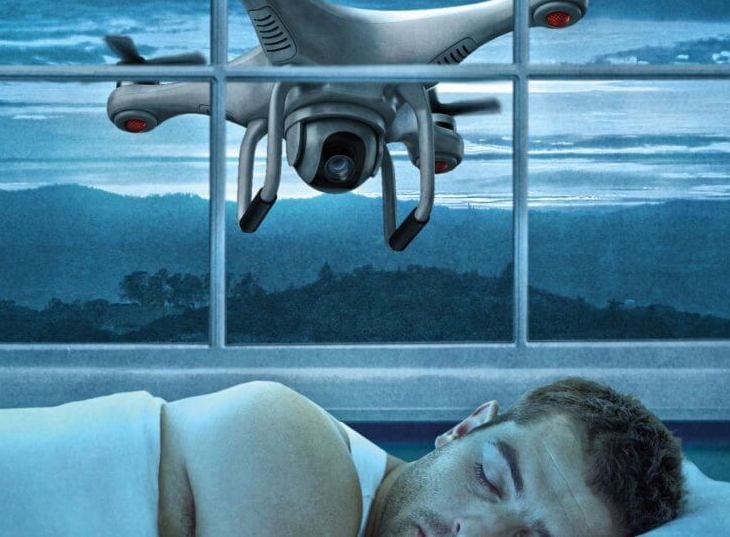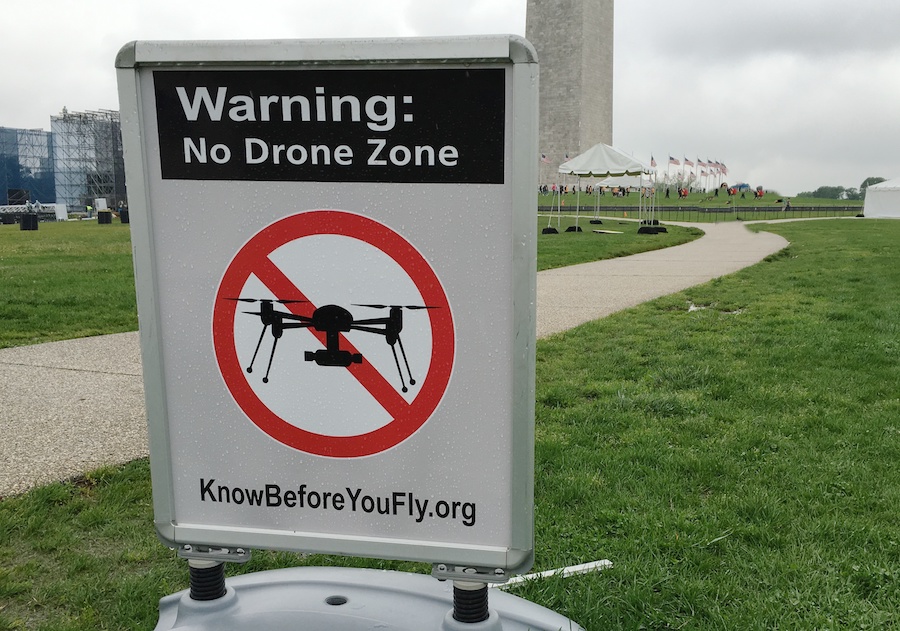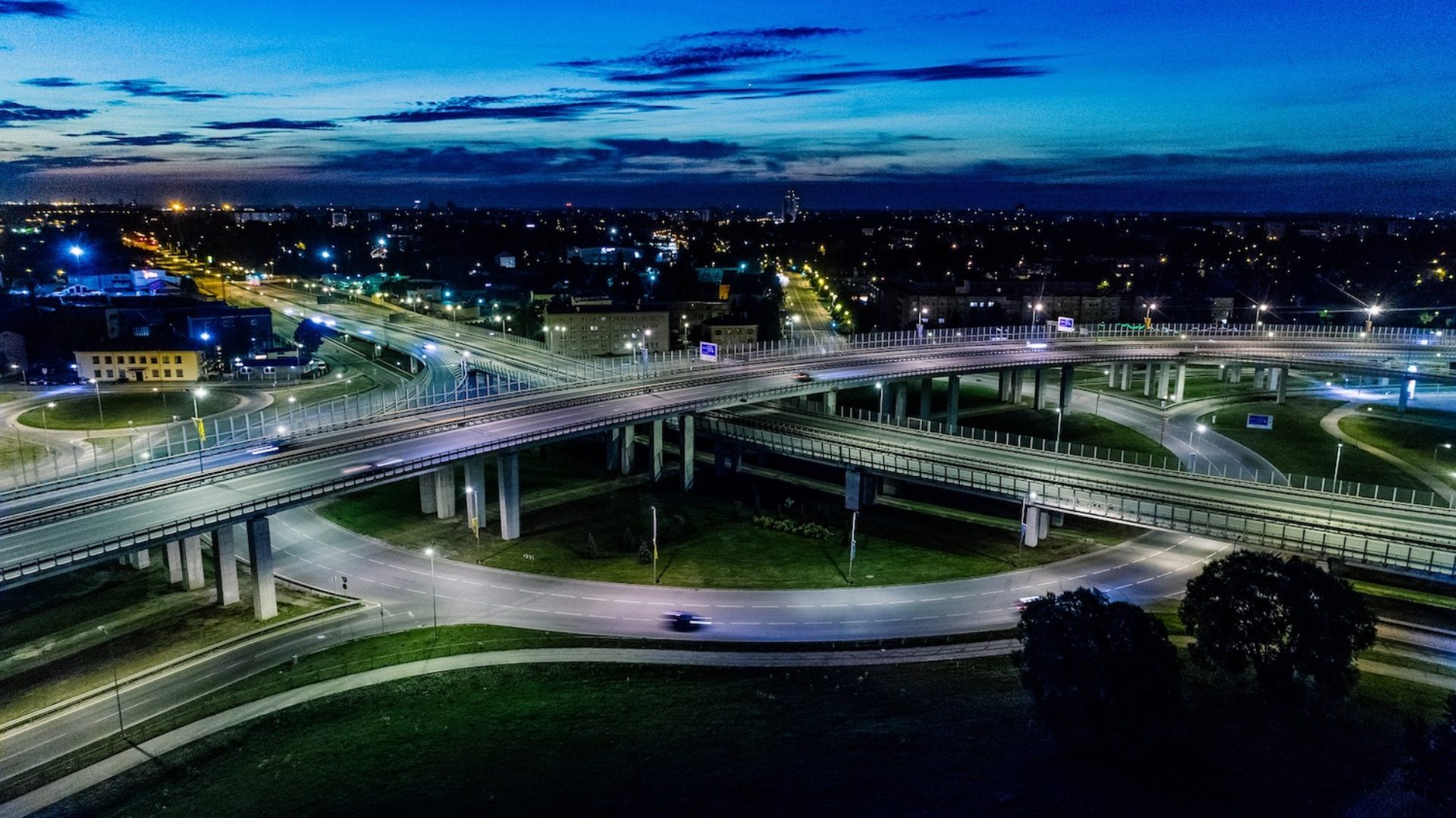REGULATORY COMPLIANCE
Laws • Ordinances • Regulations • Restrictions • Bans
Background
Hobbyists have enjoyed remote control planes, boats, and cars for decades. By 2010, highly sophisticated remotely controlled and autonomous aircraft emerged from military operations and came to market for both hobbyists and commercial users. Over the next six years, the Federal Aviation Administration (FAA) conducted extensive research to ensure safe integration of aerial drones into the National Airspace System. In 2016 the FAA issued long-awaited rules for commercial use of unmanned aircraft.
Drone oversight is growing exponentially. Sixty (60) federal regulatory agencies collectively issue nearly 4,000 new rules annually. Hundreds of agencies and legislative bodies in 56 state and territorial governments, 3,100+ county governments, and 36,000+ local governments are determined to regulate drone usage in their jurisdictions. 40,000 government entities have the authority to regulate unmanned systems in some manner.
We help you understand how drone rules are made and identify which rules apply to your organization. We can direct you to law firms that specialize in drone regulations.
What's Done (Sort of)
FAA Part 107 rules (officially 14 CFR Part 107)
Part 107 and numerous pre-existing rules offer guidance for professional UAS operations and pilot certification.
What's Hot
Autonomous Cars • Drone Delivery • BVLOS
Regulations - federal, state, and local - will dramatically expand beyond current FAA aerial drone regulations as autonomy hits the highway. The pending FAA's addition of Flying Beyond Visual Line of Sight (BVLOS) will make flight operations rules and pilot certification more costly and complex.
What's Next
Unmanned Maritime Systems
The use of surface and subsurface UMS, prolific in oceans and gulfs, is growing rapidly on inland waters and in such manmade assets as municipal water towers.
Laws & Rules
Professional drone operators are becoming more familiar with the Federal Aviation Administration (FAA), their terminology for aerial drone operations, and their rules to maintain the safety of the National Air Space (NAS). The U.S. Department of Transportation and other federal agencies are addressing other unmanned systems such as autonomous vehicles.
The 40,000 federal, state, and local governments in the U.S. make a lot of rules. Many are establishing rules for aerial drones and autonomous vehicles, and many more will follow. While it is virtually impossible for your organization to keep track of them all, you are still subject to any laws, regulations, and ordinances that apply to your job sites.
LAWS
Government establishes laws to regulate the behavior of its citizens and organizations. In America, Congress (federal) and state legislatures introduce, debate, and pass laws. Most counties and local governments can establish local laws, called ordinances, that apply within their jurisdiction.
RULES
Federal and state laws mandate policy and often require detailed interpretation and actionable rules prior to effective implementation. Typically, regulatory agencies are responsible for rulemaking under the direction of the President or Governor. Thus, these rules are called regulations.
Drone Laws
Current laws that address vehicles, boats, and aircraft have evolved over decades without contemplation of vehicles that have no onboard driver. Drones are unmanned motorized vehicles. The FAA took five agonizing years to integrate "driverless aircraft" into airspace governed by laws that were time-tested.
Creating laws for autonomous cars and trucks will be much more complex. Whereas the federal government (the FAA) has absolute jurisdiction over the airspace, federal and state (and territory) governments share jurisdiction over roads and ground vehicles. So, it appears there will be 57 different bodies creating laws for unmanned ground systems (UGS).
Privacy Laws
Aerial drones possess remarkable navigation and imaging capabilities and present a clear threat to privacy. The threat is based on “intrusion of solitude” which includes the use of electronic devices to trespass, observe, and record activities where a person has a “reasonable expectation of privacy.”
Privacy concerns prompted the enactment or strengthening of many state and local laws that curb abuse. Some of these legislative actions are overreaching and misguided. Unreasonable prohibitions and restrictions can discourage law enforcement agencies from developing drone teams.

Drone Bans
A rapidly growing list of public and private organizations prohibit the use of aerial drones at locations such as a college campus, a theme park, or even an entire town. These prohibitions present challenges to drone operators since these actions occur without FAA participation.
Private land-owners such as colleges cannot unilaterally prohibit drones from flying in the airspace over its campus. However, it can prohibit launching a drone on campus property. So, one could argue a right to fly a drone over the campus providing its not launched school property and FAA Part 107 rules such as “no flying over people” is observed.

Sources of Law
The power to create laws in America rests with all levels of government - Congress, state legislatures, county government, and municipal government. The process is complex, time-consuming, and usually involves conflicting views. Laws regulating unmanned systems markets range from "clearly needed" to "absolutely absurd". Drone professionals benefit from a fundamental understanding of the origins of these laws.
INTERNATIONAL LAW
necessary for orderly relationships and activities between countries • often is related to international treaties • considerable aviation and maritime laws are already in place for "manned" aircraft and boats • drone-specific laws will no doubt emerge
FEDERAL LAWS
Congress crafts and passes a bill • The President signs the bill into law • The Office of Federal Register processes the law, including publication into the United States Code • A federal agency drafts rules or regulations that specify parameters and enforcement of the law • the draft regulations are published in the Federal Register and typically allow for a comment period • the agency eventually issues final regulations which are included in the Code of Federal Regulations (CFR) • agencies can also issue guidance or statements of policy, which are meant to clarify issues but do not normally carry the weight of law
CASE LAW
case law emerges from court rulings, often a result of challenges to actions based on state or federal law, or challenges to provisions of the law itself • courts are typically guided by previous decisions (precedents) in similar cases • lower court rulings stand unless the litigant appeals to a higher court • the appeals process and subsequent rulings can take years to resolve
STATE LAWS
All U.S. states (and territories) operate under a constitution that defines the procedures below. Laws often vary dramatically from state to state.
typically, state legislatures craft and pass bills • typically, governors sign the bills into law • laws are then published in the state’s official documents • where applicable, state agencies are assigned responsibility to establish regulations that specify parameters and enforcement of the law
LOCAL LAWS
Counties and municipalities are typically chartered by their home state and are subject to the state constitution. They are granted varying degrees of authority to create local laws, as long as they are consistent with state and federal law.

